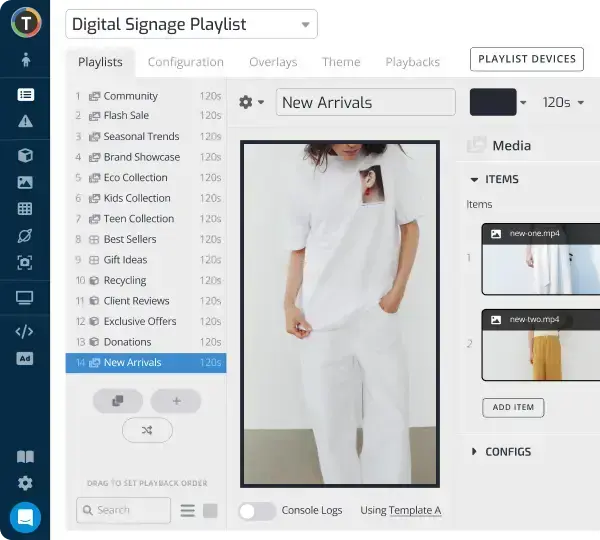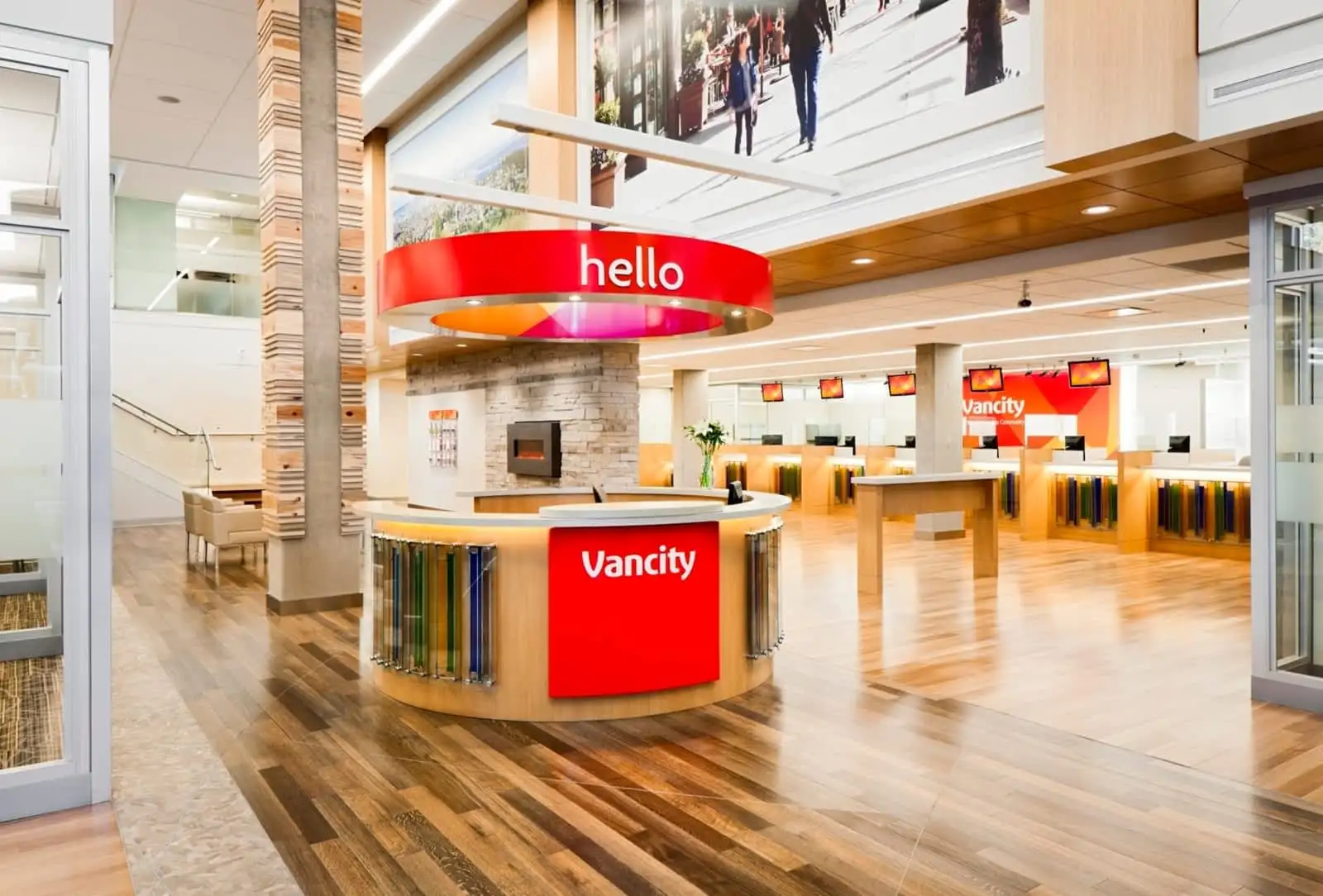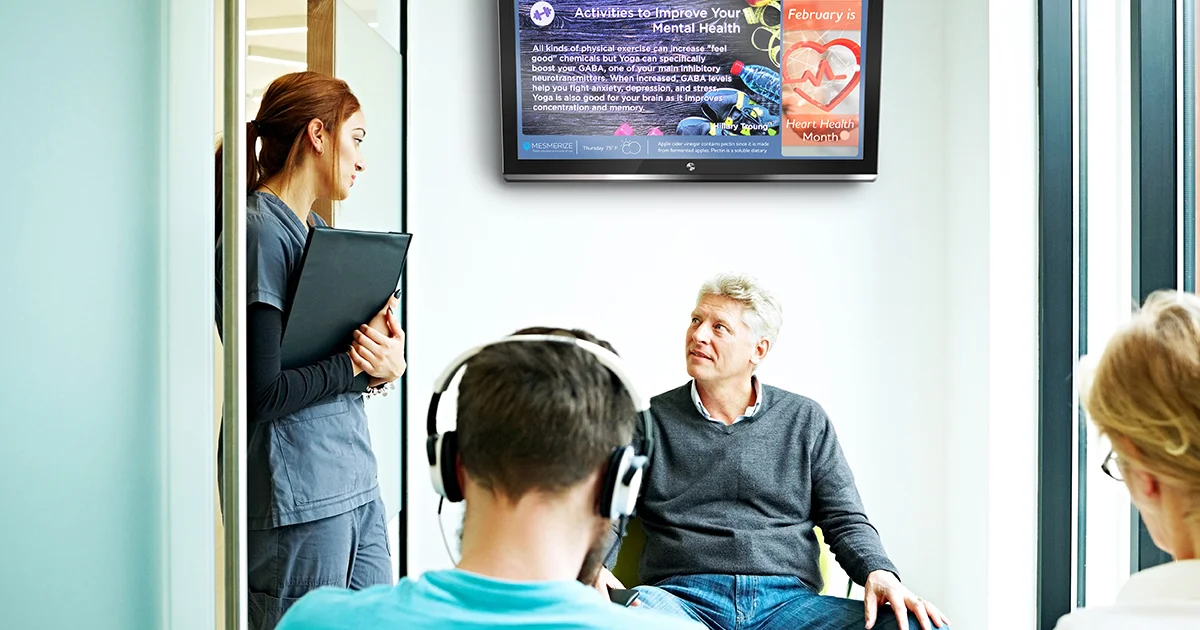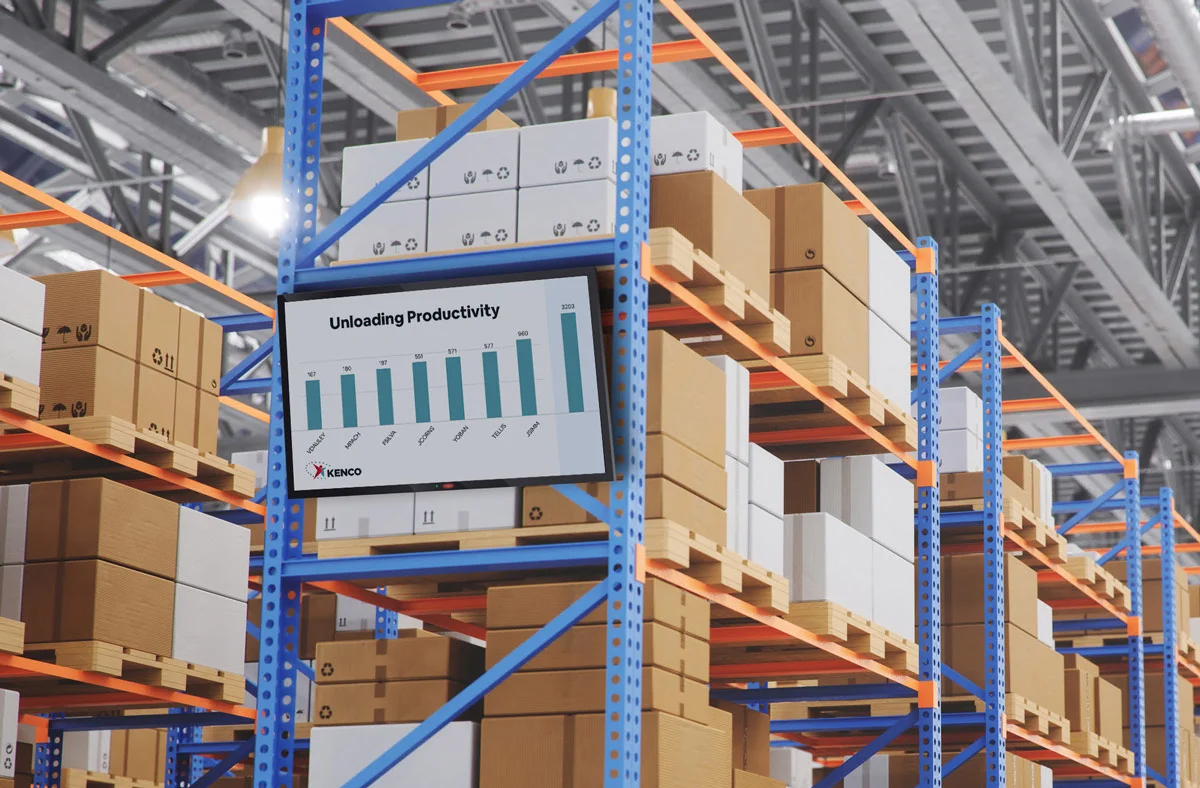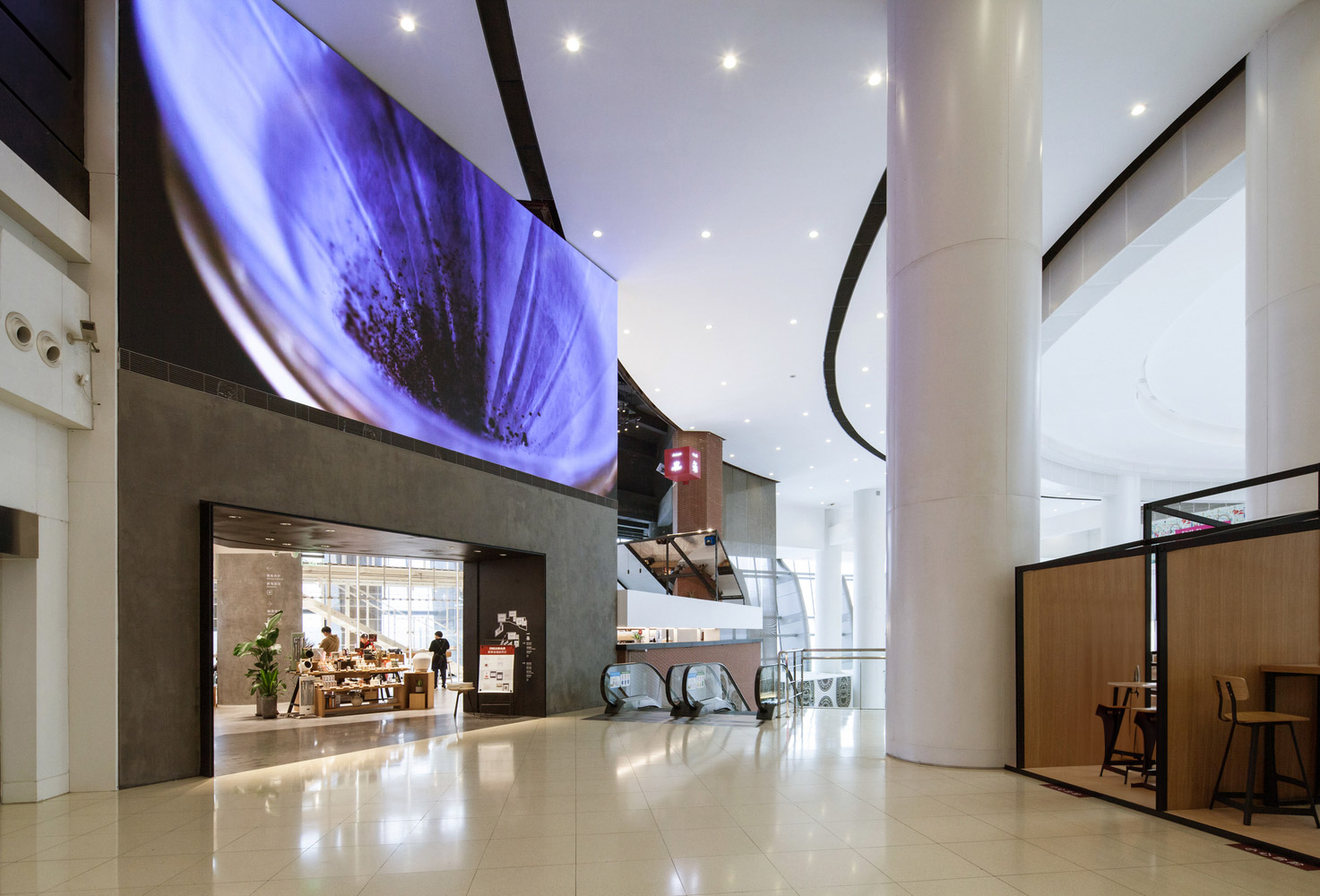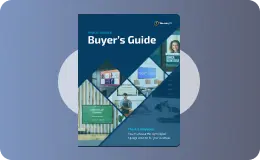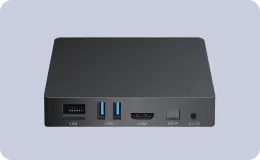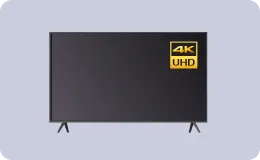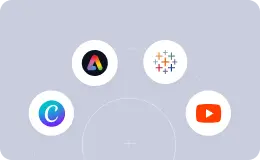Integrating 3rd‑Party Advertising Into Digital Signage: Path to Greater ROI
WRITTEN BY: TelemetryTV, 02-11-2025
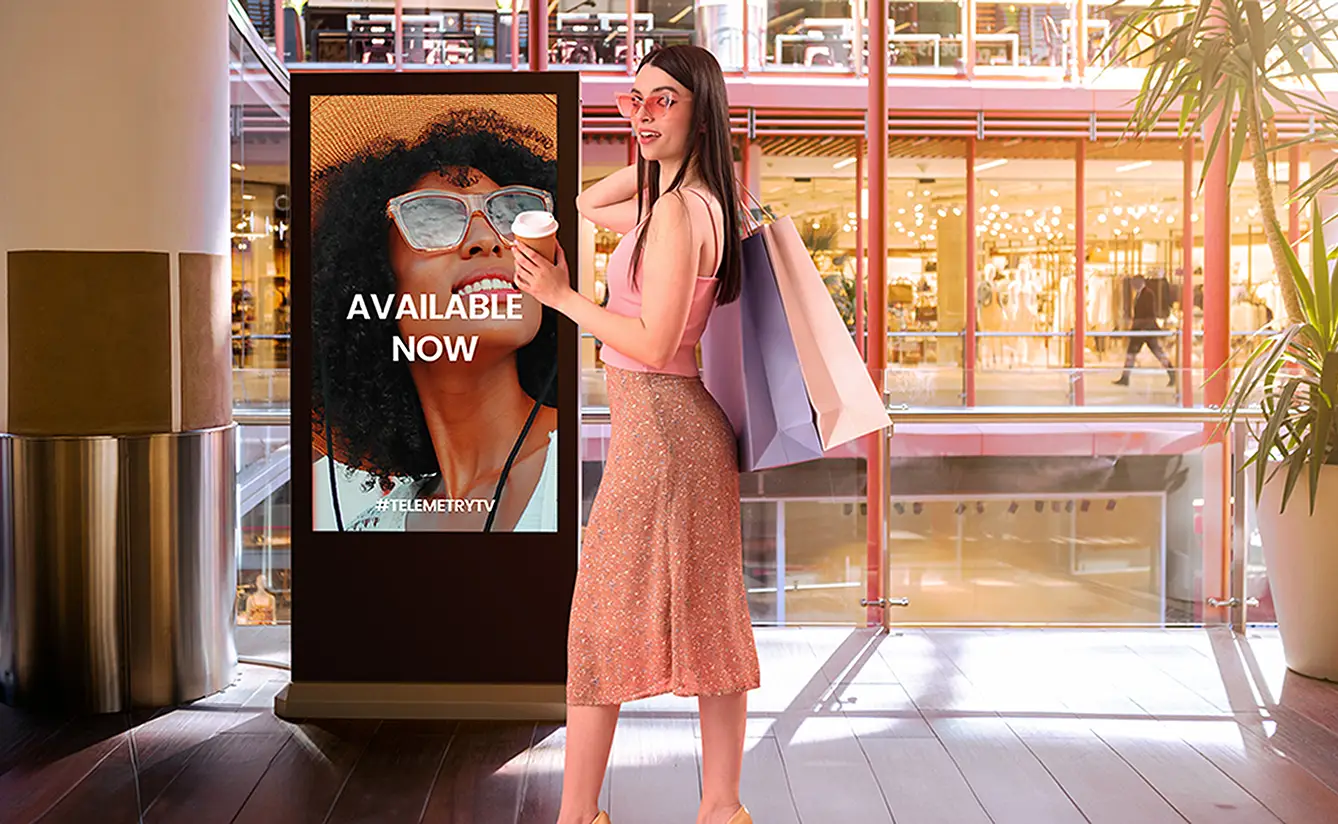
Across industries—from healthcare and education to transportation hubs and large event venues—organizations that once viewed their digital signage strictly as an internal communications channel are increasingly realizing a lucrative opportunity: third-party advertising. The ability to insert sponsored ads into existing playlists can transform digital signage software from a cost center into a revenue generator.
But how do you incorporate ads without undermining your brand’s own critical messages? And what does successful monetization look like for a network of 10, 50, or even 100+ screens? TelemetryTV’s Playlist-Based Ads feature offers a technical, streamlined solution to these challenges. At its core, the platform allows businesses to insert third-party ad slots alongside in-house content, ensuring a seamless viewer experience. Below, we explore how this approach works, why it matters, and what it means for medium-sized digital signage networks aiming to maximize ROI.
The Shift Toward Monetizing Digital Signage
For decades, digital signage displays in higher education, healthcare, and other verticals have been limited to internal content—think corporate announcements on a lobby screen or a campus events calendar running in a student union. Yet as organizations refine their content strategies, they see an untapped opportunity: revenue.
In many public-facing environments, foot traffic is high, dwell times are significant, and viewers are engaged or captive. Advertisers increasingly recognize the power of digital out-of-home (DOOH) channels, which, according to one forecast, will top $4.4 billion in U.S. ad spending by 2025. These advertising dollars aren’t just flowing to giant DOOH operators. Mid-sized networks—those with 10 to 100+ screens in well-traveled locations—are finding that they too can garner solid CPM rates if they pair the right content with relevant ads.
An internal survey of signage end-users showed that while about 20% currently sell third-party advertising, another 24% are considering it, indicating a rapid expansion of monetization initiatives. For companies intent on making their screens pay for themselves, there’s never been a better time to align their digital signage with the broader advertising ecosystem.
Why Monetization Matters for Medium-Sized Networks
The success of such a strategy hinges on both the size and strategic placement of your screens. A network of 20 displays in an arena corridor or hospital lobby might represent a prime advertising opportunity for brands looking to target, say, sports fans or healthcare consumers. Over time, even modest monthly advertising fees can offset licensing costs for digital signage software, fund new hardware upgrades, or even generate profit.
For example, a hospital group might sign an agreement with local businesses—pharmacies, wellness centers, or medical device companies—to run ads during specific time slots. These additional revenue streams can do more than just offset costs; they can support better equipment or new patient services. Where budgets are tight, monetization can be a lifeline that sustains or even expands the signage network itself.
Simultaneously, decision-makers often worry about potential trade-offs: Will ads disrupt our content flow? Could they tarnish the brand message we’re trying to convey? With TelemetryTV’s Playlist-Based Ads feature, these concerns need not become deal-breakers. Advertising can be a seamless layer atop your existing content strategy.
The Industry Potential: DOOH in Numbers
Although household names command a significant share of the DOOH market, mid-sized networks are tapping into that same growth potential at a smaller, more targeted scale. Recent data projects the global DOOH market to reach around $74 billion in the coming years, up from about $24 billion today—an indication of the vast potential for networks of all sizes.
Crucially, many of these ads are hyper-local or niche, and can be served programmatically based on VAST (Video Ad Serving Template) standards. For a venue that caters to a specialized audience—an academic institution, for instance—this means the ads displayed can align more closely with audience interests, thereby commanding CPMs without sacrificing content relevance.
How TelemetryTV’s Playlist-Based Ads Feature Works
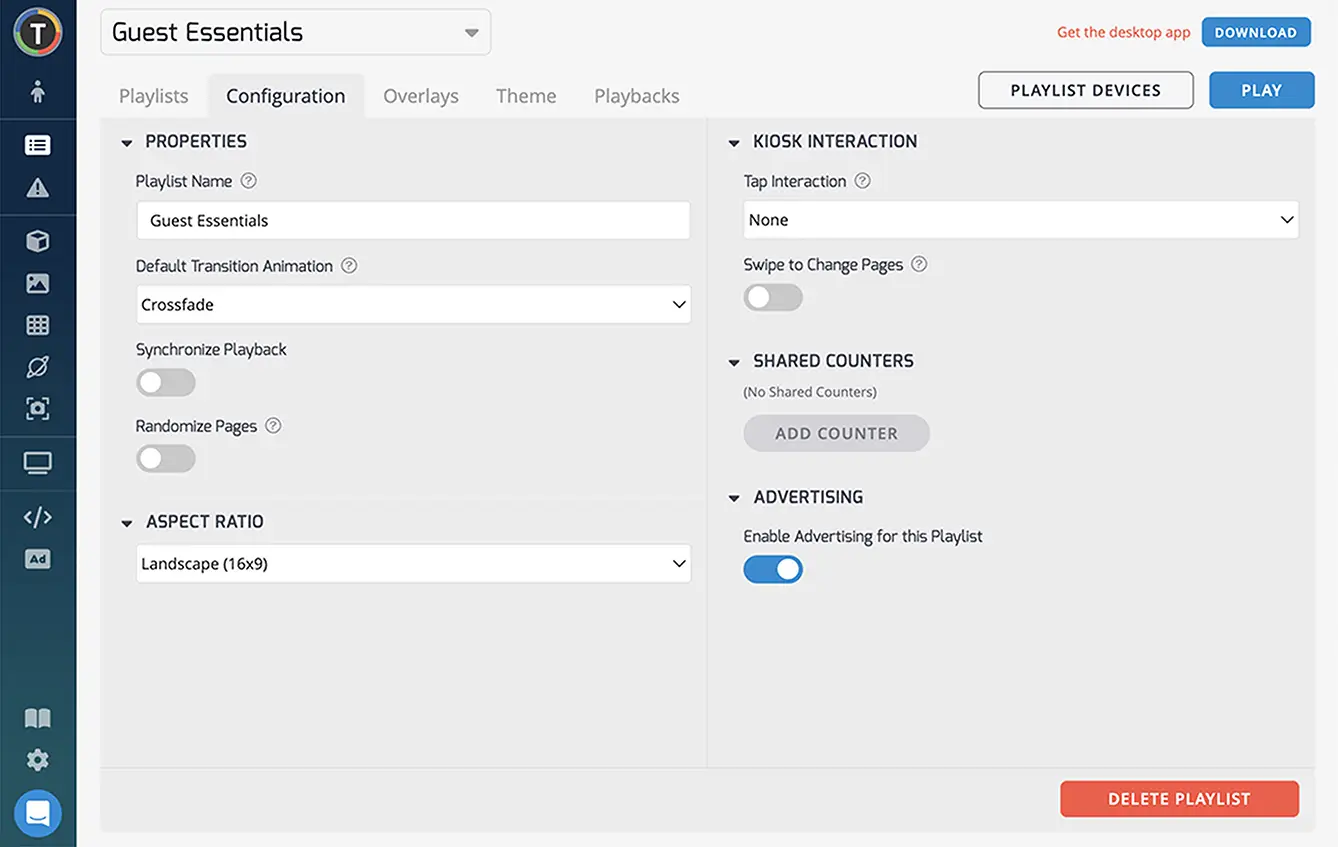
TelemetryTV simplifies the monetization process through an intelligent, cloud-based digital signage software framework that slots ads into regular content playlists. Below is a brief look at the mechanics:
• Ad Slot Insertion
With TelemetryTV, users can insert designated ad slots into their existing content playlists—e.g., every few minutes or between major content blocks. These ad slots can be replicated across a network of 10, 50, or 100 screens, ensuring consistent placement and frequency.
• Fallback Logic
When an ad is available—via either a local folder of direct-sold ads or an external DOOH partner—it fills the slot. If no third-party ad is served at that moment, TelemetryTV automatically transitions to the next piece of internal content. Users see no black screens or awkward buffering intervals; the shift is seamless and immediate.
• Multiple Ad Sources
You can integrate several sources for ad content. TelemetryTV’s system checks each source in a prioritized order and selects the highest-value ad available at a given moment. This can include both direct-sold creative and programmatic feeds through standard VAST tags.
• Monitoring and Proof-of-Play
The platform provides real-time metrics on ad performance, capturing essential data like playback counts, dates, and screen locations. These proof-of-play reports are critical when invoicing advertisers, as they detail precisely how many times an ad ran and at what intervals.
From a technical standpoint, the system is designed for efficiency and scalability. Whether you have 10 screens or more than 100, Playlist-Based Ads ensures every slot is maximized for revenue without sacrificing your brand message. The fallback logic means even if a third-party slot goes empty, the platform instantly reverts to your content—no disruptions, no negative impact on viewer experience.
Two Approaches to Monetizing Digital Signage Displays
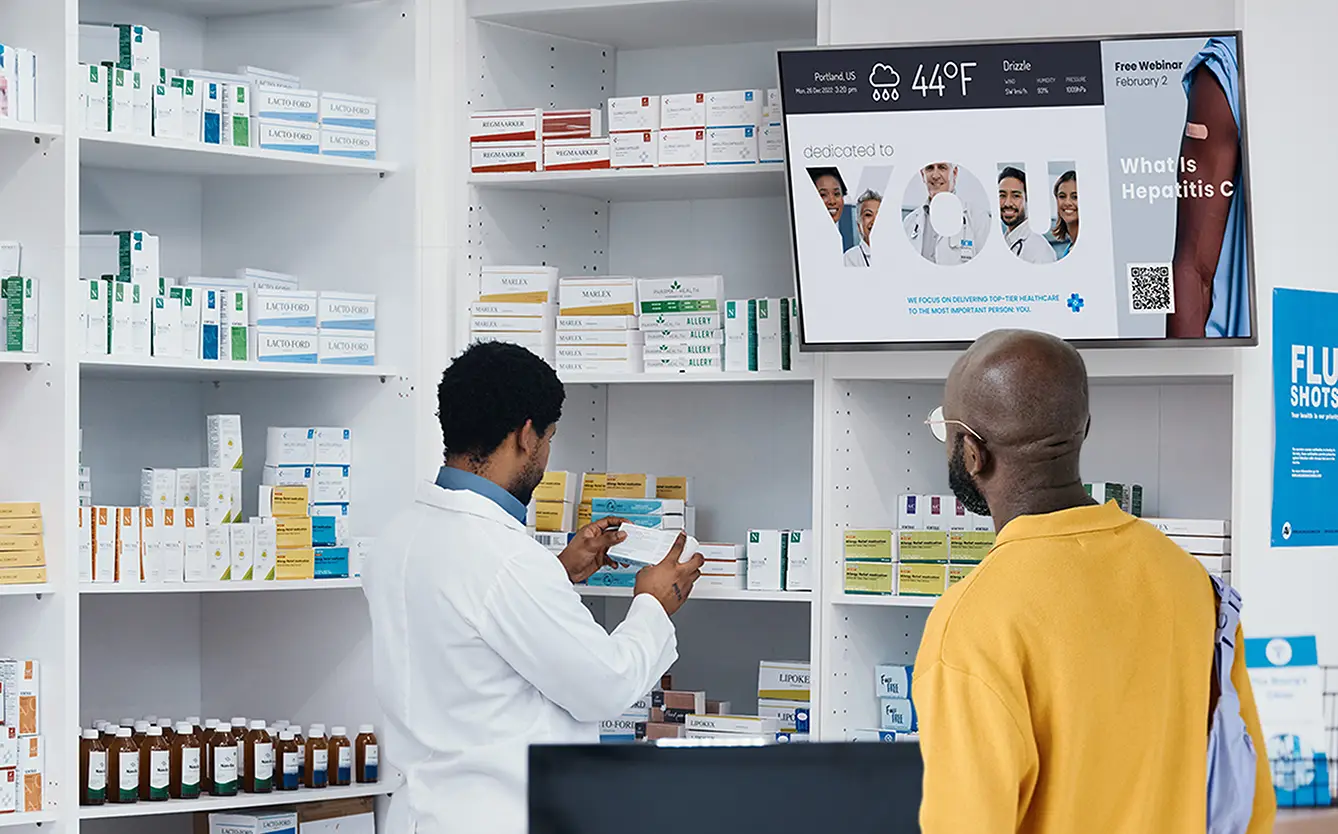
TelemetryTV supports different models of advertising integration, each with its advantages and practical considerations.
1. Selling Ads Directly With a Custom Ads Folder
One of the most straightforward ways to monetize is to sell the advertising space directly to local or industry-specific brands. Users create a custom folder within TelemetryTV and populate it with ad media provided by advertisers. During playback, TelemetryTV treats these ads as content items, inserting them at the specified slots.
• Upside: By controlling the entire sales process, you keep all revenue, often at higher CPM rates than those offered by third-party ad networks. You also maintain complete control over ad content, ensuring it aligns with your brand values and meets any style guidelines or compliance requirements.
• Downside: Direct sales can be labor-intensive. You must allocate resources to find advertisers, negotiate rates, and coordinate ad creative. However, for organizations that already have potential sponsors, the incremental effort may be well worth the higher returns.
Consider a college campus with 50 screens. One possibility is to partner with local businesses such as eateries, bookstores, or gyms. Offering ad rotations during high-traffic hours can transform these screens into a sponsorship opportunity, generating steady income over the semester and helping to fund new digital signage projects or other campus improvements.
2. Integrating With Third-Party DOOH Networks
Another viable path is to join a larger programmatic network through standard VAST tags. In this scenario, TelemetryTV essentially calls on an external ad server to fill the ad slots, and you receive a share of the CPM in return.
• Upside: This method can drastically reduce the time spent on sales. You benefit from a broader marketplace of advertisers and potentially higher fill rates, since ads come from a large pool of demand sources.
• Downside: Revenue shares and CPM rates can be lower since you’re splitting income with the DOOH network. Additionally, content control may be somewhat diminished; while reputable networks allow you to filter out certain categories, you don’t typically pre-approve each ad.
In practice, many organizations adopt a hybrid model. They sell some ads directly at premium rates and rely on a third-party network to fill the remaining slots. TelemetryTV’s Playlist-Based Ads easily supports that arrangement through tiered ad sources, ensuring no slot ever goes to waste.
Minimizing Disruption, Maximizing Control

A major benefit of Playlist-Based Ads is its granular configuration options. You can schedule ads at specific times of day or designate them for certain screens. In a healthcare setting, for example, ads might be more appropriate in a general waiting room rather than a surgical pre-op area. Similarly, a sports arena might choose to run ads only on concourse screens but not on displays reserved for directional or safety information.
TelemetryTV’s fallback logic maintains a polished viewer experience. Should the ad server fail to respond, or if your direct-sold folder lacks available content for a specific time, the platform auto-skips the empty slot, delivering the next piece of regular content. Viewers never see an empty or frozen screen, and you avoid the risk of appearing unprofessional to customers and potential advertisers.
Building Sustainable Revenue Streams
For a medium-sized digital signage network, monetizing content can yield significant returns over time. Even a small pilot program can offset software licensing fees and other operational costs. As additional revenue flows in, you might reinvest in higher-quality displays, more compelling content, or new features that make your network increasingly valuable.
In healthcare or education, administrators can direct ad proceeds toward critical projects—patient care initiatives, student activities, or technological upgrades. This model of sustainable financing may turn a pilot signage project into a robust, ever-evolving system that funds itself while remaining a vital communications tool.
Safeguarding Brand Values
One common concern is whether ads will clash with an organization’s core messaging. TelemetryTV addresses this through two main features:
• Granular Controls: The digital signage software allows you to specify exactly when and where ads appear, which helps prevent content overload or mismatched messaging.
• Content Filters: When integrating with third-party networks, you can typically restrict certain ad categories, ensuring brand safety.
Many organizations find that well-curated ads can enhance the viewer experience if they align with audience interests—consider a university showing ads for discounted tech products or a local ride-sharing service. The key is ensuring promotional content complements your primary communications.
From Pilot to Full Scale
Some businesses start small, testing ad insertions on a few displays before expanding. TelemetryTV supports network segmentation, so you can experiment with ad frequency, placement, and sourcing strategies in targeted locations. Over time, you can allocate the highest-value ads to the screens with the most foot traffic or dwell time, maximizing overall revenue potential.
As your network scales, so does the complexity of managing campaigns and proof-of-play reporting. TelemetryTV’s real-time analytics streamline the process, delivering transparent metrics that build advertiser confidence. In turn, you’re better positioned to negotiate higher CPM rates or attract larger brands.
Schedule a Demo With TelemetryTV
Curious about how TelemetryTV’s Playlist-Based Ads can help your organization boost ROI? The most effective way to learn is to see it in action. Schedule a demo to explore how easy it is to insert ad slots, manage multiple content sources, and track ad performance across all your screens. TelemetryTV’s experts will guide you through the technical setup, answer questions about custom or programmatic ad strategies, and demonstrate how real-time reporting and fallback logic work in practice.
Whether your environment is a hospital, a university campus, a transportation hub, or a sports arena, monetizing your digital signage software can expand your budget and open new opportunities. Let TelemetryTV show you how to blend third-party ads into your existing playlists—without sacrificing your brand messaging, viewer experience, or content goals.
Monetize Your Screens with Third‑Party Ads
Transform your digital signage into a revenue powerhouse. Integrate third‑party ads seamlessly while enhancing your brand message and boosting ROI. Book your demo now!
Start for Free